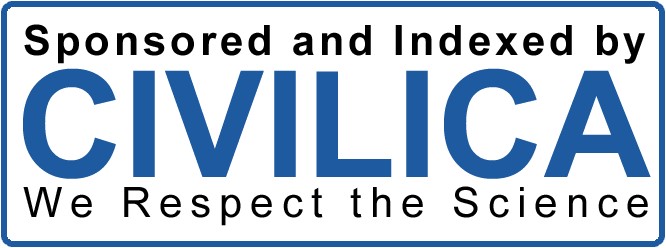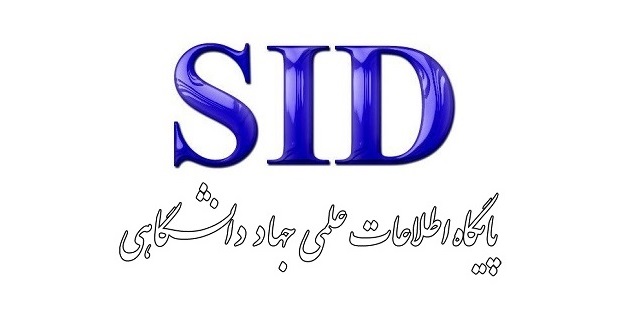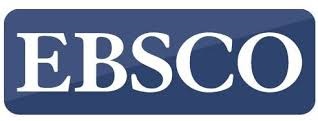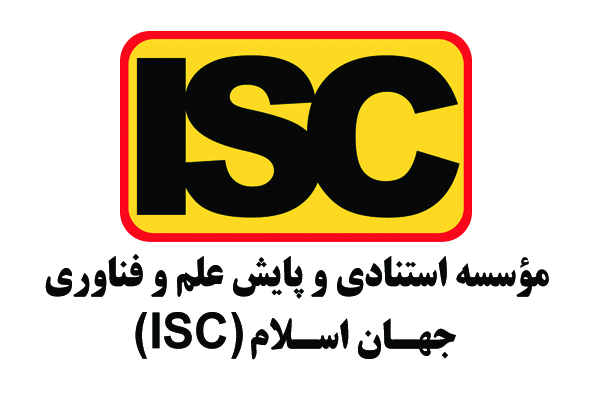ارتقای امنیت سرمایه انسانی با رویکرد قابلیتهای آیندهنگاری استراتژیک در صنعت
کلمات کلیدی:
امنیت, سرمایههای انسانی, آیندهنگاری, قابلیت استراتژیک, صنعتچکیده
مفهوم نوین امنیت انسانی در سالهای اخیر همزمان با موج گرایش دولتها به اتخاذ استراتژیهای جدید در راستای توسعة پایدار و بهصراحت با گزارش سال علی مرکز توسعة سازمان ملل متحد به جامعة جهانی معرفی شد که در هفت بُعد خود (اقتصادی، غذایی، بهداشتی، زیستمحیطی، فردی، اجتماعی و سیاسی) سیاستهای کلی دولتها را تحت تأثیر قرار داد. استفاده موثر از منابع انسانی، به گونهای که موجب رشد و توسعه توانمندیهای محوری گردد، از مهمترین اهداف سازمانی و عامل کسب مزیت رقابتی است. مقاله حاضر با هدف ارتقای امنیت سرمایه انسانی با رویکرد قابلیتهای آیندهنگاری استراتژیک انجام شده است. جامعه آماری این تحقیق از دو گروهِ اساتید حوزه مدیریت و گروه مدیران حوزه صنعت تشکیل شده است. با روش نمونهگیری هدفمند، تعداد 17 نفر از اساتید دانشگاهی و مدیران حوزه صنعت به عنوان نمونه آماری خبرگان انتخاب شدند. در نهایت برای ارتقای امنیت سرمایه انسانی با رویکرد قابلیتهای آیندهنگاری استراتژیک؛ ارتباط بین مؤلفههای دو متغیر سرمایههای انسانی و قابلیتهای استراتژیک؛ با روش مدلسازی معادلات ساختاری بررسی که نتایج تحقیق حاكی از آن بود كه متغیر قابلیتهای آیندهنگاری استراتژیک سازمان شامل مؤلفههای قابلیتهای پویا، قابلیتهای پیمایش محیطی، قابلیتهای گزینش استراتژیک، قابلیتهای یکپارچه، قابلیتهای فردگرایانه بوده و متغیر سرمایههای انسانی شامل مؤلفههای توانایی شناختی، قابلیتهای رفتاری و شایستگی فراشناختی است. با توجه به نتایج تحقیق و تحلیل روابط بین مؤلفهها، پیشنهاد گردید سازمانها به توانایی شناختی، قابلیتهای رفتاری و شایستگی فراشناختی کارکنان توجه بیشتری نمایند.
دانلودها
مراجع
Aier, S. (2014). The role of organizational culture for grounding, management, guidance and effectiveness of enterprise
architecture principles. Information Systems and e-Business Management, 12(1), 43-70.
https://doi.org/10.1007/s10257-012-0206-8
Aier, S., & Saat, J. (2011). Understanding processes for model-based enterprise transformation planning. International
Journal of Internet and Enterprise Management, 7(1), 84-103. https://doi.org/10.1504/IJIEM.2011.038384
Alibeygi, J., Jalalian, H., Azizpour, F., & Mahdizadeh, H. (2018). Preparing the map of main drivers for the strategic
future study of the effects of the implementation of the Arid Areas Project on Mehran and Godarkhosh plains in line
with planning management. Strategic Management Researches, 70(24), 145-167.
http://sanad.iau.ir/fa/Article/1095453
Armstrong, M., & Taylor, S. (2006). Human resource management practice. Distributed Computing (10th ed.).
https://doi. org/10.1002/9781118802717.
https://www.academia.edu/download/60118458/Armstrong_s_Essential_Human_Resource_Man20190725-
-ex0g7s.pdf
Asemannasab, B., & ghadami, m. (2021). Knowledge Management in the future. Journal of Strategic Management
Studies, 12(46), 221-235. https://www.smsjournal.ir/article_113099_b28b0f7c6b9d5155afbdaf4f513dc4fd.pdf
Boudreau, J. W., & Ramstad, P. M. (2005). Talentship, talent segmentation, and sustainability: A new HR decision
science paradigm for a new strategy definition. Human Resource Management, 44(2), 129-136.
https://doi.org/10.1002/hrm.20054
Faeni, D. P., Puspitaningtyas Faeni, R., Alden Riyadh, H., & Yuliansyah, Y. (2023). The COVID-19 pandemic impact
on the global tourism industry SMEs: a human capital development perspective. Review of International Business
and Strategy, 33(2), 317-327. https://doi.org/10.1108/RIBS-08-2021-0116
Hafez, H. M., & Attia, Y. A. (2020). Challenges to the poultry industry: Current perspectives and strategic future after
the COVID-19 outbreak. Frontiers in veterinary science, 7, 516.
Hamadamin, H. H., & Atan, T. (2019). The Impact of Strategic Human Resource Management Practices on Competitive
Advantage Sustainability: The Mediation of Human Capital Development and Employee Commitment.
Sustainability, 11(20).
Hamidi, A., Faghihi, A., & Teimoornezhad, K. (2024). Identifying and Ranking Factors Affecting Policymaking of Public
Administrators' Education. Public Management Researches, 16(62), 63-96.
https://doi.org/10.22111/jmr.2022.42740.5807
Jafarpour Marzouni, Z., Khorsandi Taskoh, A., & Abdollahinejad, A. (2022). The skills and effective factors on
improvement of university educational departments performance in the network community. Quarterly Journal of
Research and Planning in Higher Education, 28(3), 1-23. https://doi.org/10.52547/irphe.28.3.1
Kurniadi, D. (2024). Influence of Human Capital, Emotional Intelligence and Self Efficacy to Employee Performance
Moderated by Organizational Citizenship Behavior (Ocb) in Politeknik Pelayaran Malahayati Aceh. Kuey.
https://doi.org/10.53555/kuey.v30i5.2477
Mehmood, K. K., & Hanaysha, J. R. (2022). Impact of Corporate Social Responsibility, Green Intellectual Capital, and
Green Innovation on Competitive Advantage. International Journal of Human Capital and Information Technology
Professionals. https://doi.org/10.4018/ijhcitp.293232
Nie, X. (2024). Human Capital impact on productivity in Chinese enterprises: analyzing the mediating role of innovation.
https://doi.org/10.21203/rs.3.rs-4016817/v1
Nonahal Nahr, A. A., & Rahnama Roodposhti, F. (2018). Contingent Performance Assessment Measures Design Based
on Futurology: A Theoretical Approach. Journal of Future Studies Management, 29(1), 67-91.
https://www.magiran.com/paper/1844295
Rezaei Mirghaed, A., Seyed Naghavi, M., Dehghana, H., & Amiri, M. (2017). Investigating and determining the human
resources productivity functions based on the architecture of human resources model. The Journal of Productivity
Management, 1(11), 185-220. http://sanad.iau.ir/fa/Article/976268
Rezazadeh, M., Hosseinzadeh, B., & hosseini daroon kalaie, z. (2023). The Designing a Model of Effect of ResearchBased Teaching Management on Metacognition Management with Mediating Role of Organizational Climate (Case
Study: Mazandaran Education Department). Sociology of Education, 9(1), 215-230.
https://doi.org/10.22034/ijes.2023.560574.1345
Roos, G., & Pike, S. (2018). Intellectual capital as a management tool: essentials for leaders and managers. Routledge.
Roos, G., & Roos, J. (1997). Measuring your company's intellectual performance. Long Range Planning, 30(3), 413-426.
https://doi.org/10.1016/S0024-6301(97)90260-0
Salman Al-Oda, A. H., Sadeghi, M., Al-Murshidi, R. H. A., & Sharifi, S. (2024). Investigating the Relationship Between
Talent Management Implementation Categories in the Basra Province Education Organization [Research Article].
Iranian Journal of Educational Sociology, 7(1), 1-9. https://doi.org/10.61838/kman.ijes.7.1.1
Samadzad, S., & Hashemi, M. (2022). Human Capital Externalities and Productivity in Cities. International Journal of
Innovation in Management, Economics and Social Sciences, 2(4), 20-32. https://doi.org/10.52547/ijimes.2.4.20
Torres, A. I., Ferraz, S. S., & Santos-Rodrigues, H. (2018). The impact of knowledge management factors in
organizational sustainable competitive advantage. Journal of Intellectual Capital, 19(2), 453-472.
https://doi.org/10.1108/JIC-12-2016-0143
Tshukudu, T. (2021). Human Capital as a Determinant of Organisational Competitiveness. Administratio Publica, 29(4).
score%20card%20benefit%20assessment%20framework%20indicator%20set%20The%20case%20of%20the%20
South%20African%20National%20Roads%20Agency%20Ltd%20SOC%20research%20and%20development%20
programme_Dec_2021.pdf?sequence=1&isAllowed=y#page=169
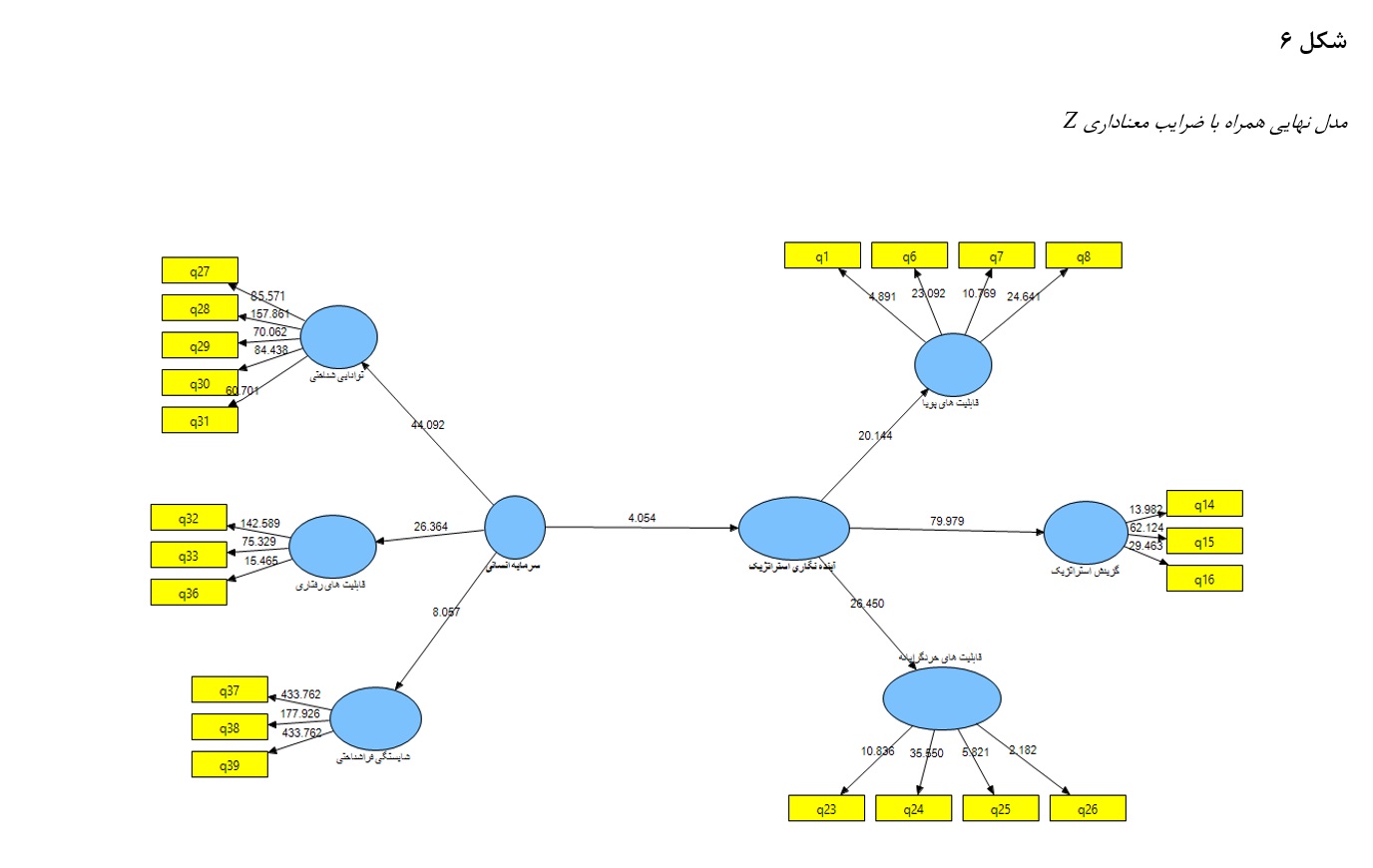
دانلود
چاپ شده
ارسال
بازنگری
پذیرش
شماره
نوع مقاله
مجوز
حق نشر 2024 تکنولوژی در کارآفرینی و مدیریت استراتژیک

این پروژه تحت مجوز بین المللی Creative Commons Attribution-NonCommercial 4.0 می باشد.



